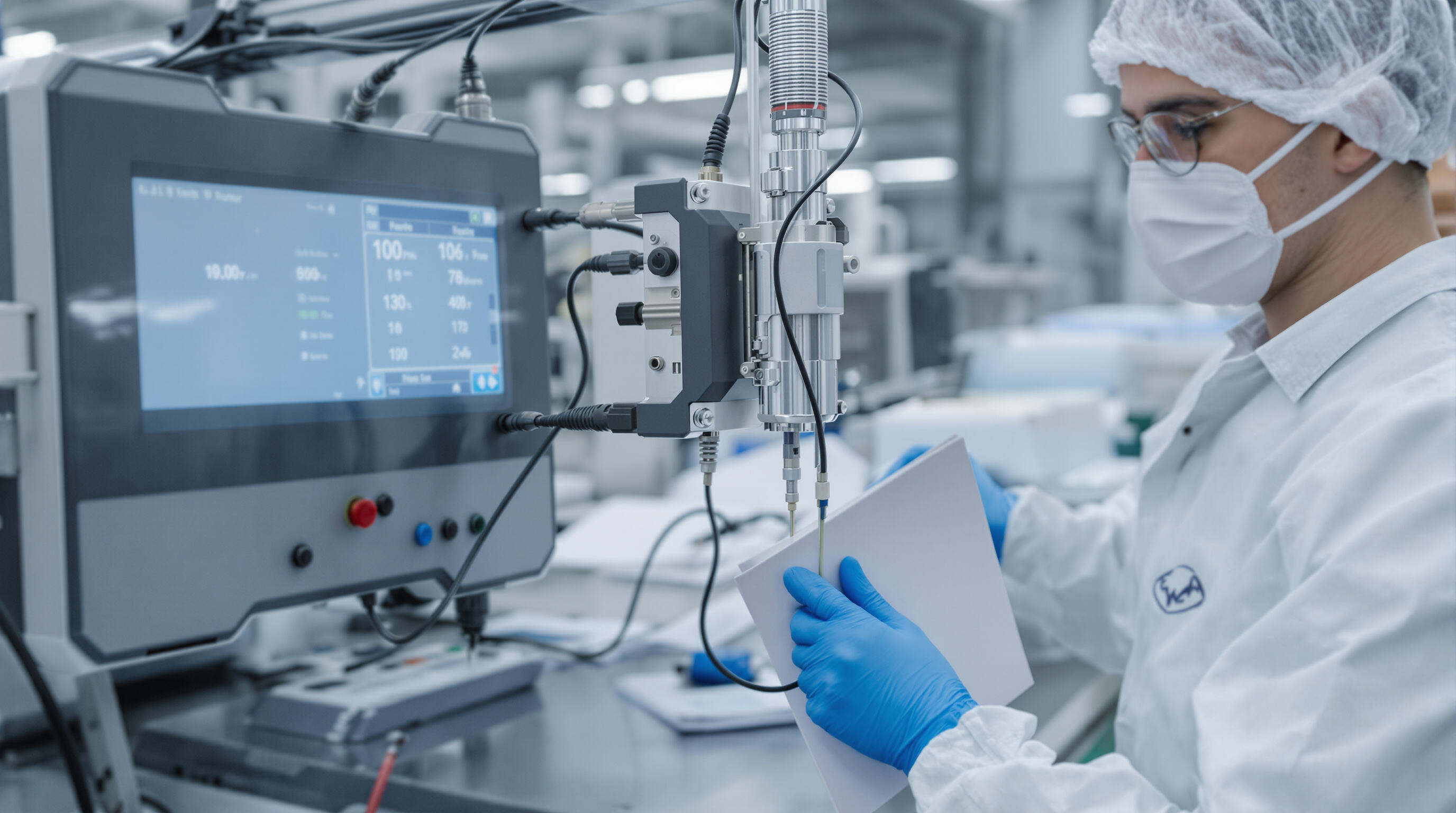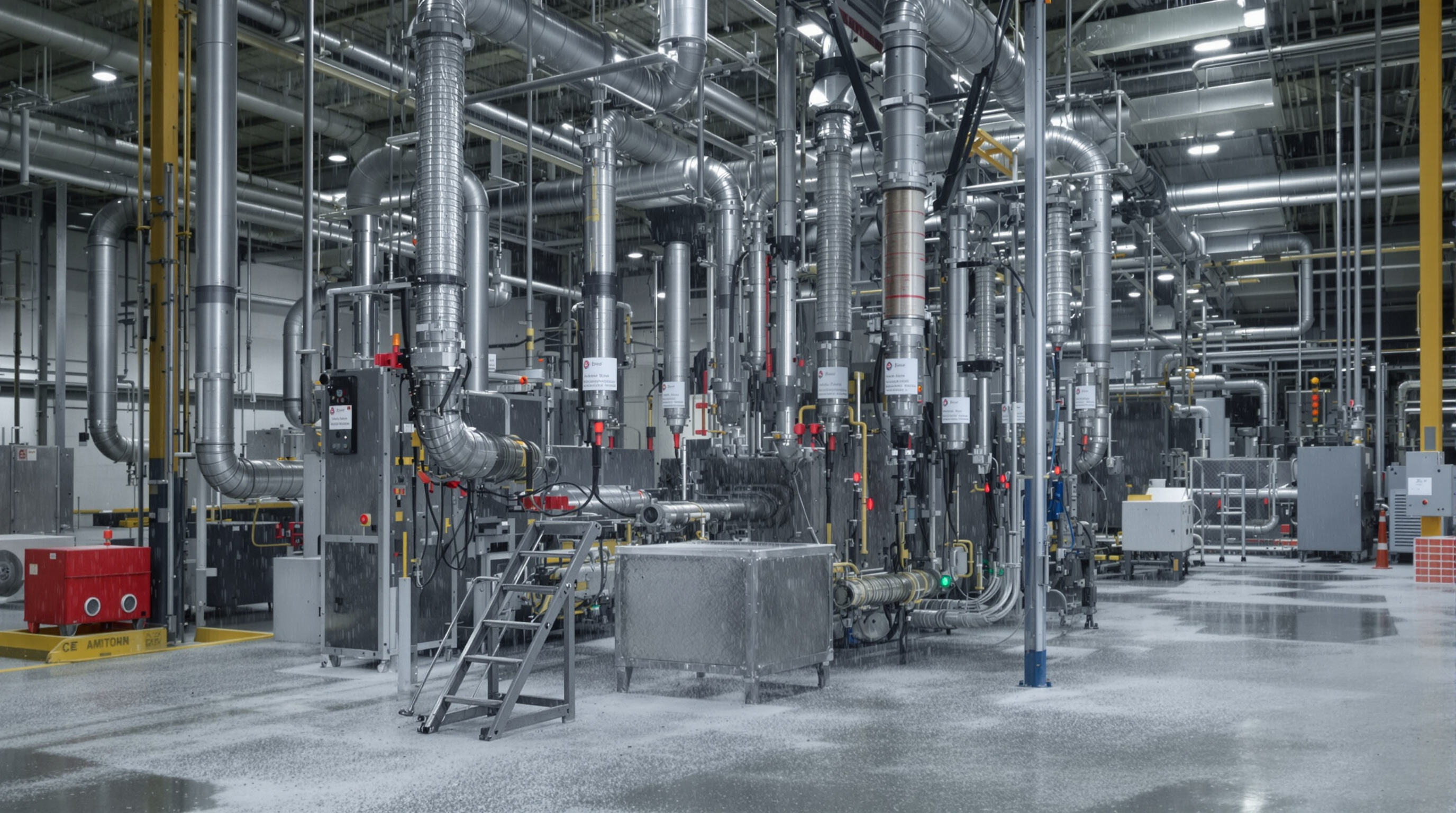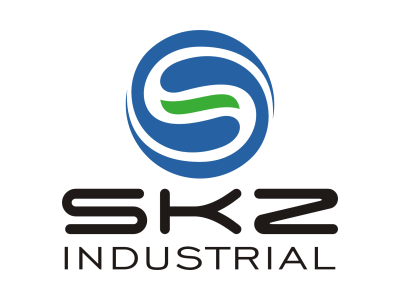How Moisture Compromises Industrial Accuracy and Product Quality – Insights from a Moisture Meter
The Impact of Moisture Content on Industrial Measurement Reliability
When moisture levels go up and down, they mess with measurements all over the place. For instance, in polymer manufacturing, changes as tiny as 0.5% moisture can throw off density readings by as much as 12%. The food industry faces similar problems. Flour and other ingredients that absorb water swell up when humidity rises, leading to inconsistent batch weights. Manufacturers lose around $740,000 each year fixing these issues according to recent studies. Things get really serious in pharmaceutical labs where precision matters most. A mere 2% change in humidity during freeze drying processes can shorten drug shelf life by 18 whole months. That kind of instability creates major headaches for compliance officers dealing with regulations.
Moisture-Induced Distortions in Pharmaceutical and Chemical Processing
When active pharmaceutical ingredients come into contact with humidity levels over 45% RH, they break down about three times quicker than normal conditions would allow. Hydrolysis reactions are responsible for ruining around 8% of all API batches worldwide every year according to industry reports. The same problem plagues chemical manufacturing too. Sodium carbonate producers struggle with moisture causing unwanted crystal formations which mess up particle size consistency across products. About one quarter of these batches end up needing to go through the process again because of this issue. And there's another angle worth considering beyond just product quality concerns. A sudden jump in humidity while mixing solvents can boost VOC emissions by roughly 40 percent compared to standard operations. These spikes might land companies right in the crosshairs of regulators looking to enforce stricter emission controls.
Case Study: Drying Process Failures Due to Inaccurate Moisture Meter Readings
A textile factory suffered losses amounting to around two million dollars back in 2022 when their moisture meters weren't properly calibrated. These faulty readings made it look like the cotton was drier than it actually was, about 9% too optimistic. What followed was disaster for the business. Moisture remained trapped in the fibers, creating conditions where microbes could grow while the fabric sat in storage. Eventually, they had to throw away nearly 18 tons worth of spoiled material. Looking into what went wrong showed that the capacitive sensors were drifting off track because fiber dust kept building up on them something that somehow never got recorded in regular maintenance checks. Since then, this company switched over to moisture meters connected through the internet of things technology. These new devices automatically adjust for sensor drift. Within just half a year, they managed to slash waste related to improper drying down by almost two thirds compared to before.
Ensuring Reliability: Calibration and Maintenance of Moisture Sensing Equipment

Why calibration is critical for accurate moisture meter performance
Most industrial moisture meters tend to drift out of calibration at around 0.7% relative humidity per month when used regularly in normal shop environments. Without proper calibration checks, these sensors can easily go off track by as much as 15% over just half a year. That kind of error margin isn't just annoying it can mess up delicate chemical mixes or land companies in hot water with regulatory agencies. The whole point of calibration is to match what the sensors read against known good standards, usually through written records of adjustments made. This creates a paper trail back to recognized global standards like ISO/IEC 17025, which many quality conscious manufacturers need for their certification requirements anyway.
Key factors affecting sensor accuracy: temperature, hysteresis, and environmental stress
Three primary variables impact calibration reliability:
- Thermal drift: Non-compensated sensors exhibit 2–7% reading shifts for every 10°C temperature change
- Hysteresis lag: Sensors exposed to 85% RH environments require 8–12 hours to stabilize upon returning to drier conditions
- Contaminant buildup: Particulate deposits on capacitive sensors reduce sensitivity by 22% on average (NIST 2023 dataset)
Best practices for calibrating and maintaining industrial moisture sensors
A structured three-phase protocol enhances measurement integrity:
- Pre-calibration checks: Confirm sensor cleanliness and baseline performance using NIST-traceable references
- Cycle validation: Test across operational humidity ranges (20–90% RH) to detect nonlinear response errors
-
Post-calibration documentation: Record adjustment values and environmental conditions in line with ISO 6789-2 requirements
Facilities implementing weekly dry-gas purges and quarterly professional recalibration reduce measurement uncertainty by 63% compared to reactive maintenance approaches.
Real-World Challenges in Industrial Moisture and Humidity Monitoring

Common Obstacles: Condensation, Sensor Placement, and Response Time Limitations
The field of industrial moisture monitoring continues to struggle with several ongoing problems. When humidity levels jump quickly, sometimes changing by 5% or more every minute, condensation forms on the sensors themselves. This leads to measurement errors as big as plus or minus 12%, according to recent findings from material stability research in 2024. A lot of issues also come from where people actually put these sensors. Putting them too close to heat sources or leaving them in spots where air doesn't circulate properly explains around a quarter of all problems with drying processes, based on industry studies from last year. And then there's the matter of response time. Sensors that take longer than 60 seconds to react simply can't keep up with sudden moisture changes happening during fast production runs. This becomes especially problematic in sectors like pharmaceutical manufacturing and making precision electronic components where even small inconsistencies affect final product quality.
Sensor Stability and Recovery in High-Moisture and Variable Environments
For industries dealing with tough conditions such as pulp processing or textile dyeing operations, keeping sensors accurate is a real challenge when they're constantly exposed to 95% relative humidity. Without daily recalibration, these sensors tend to drift off their calibration mark by over 20% within just three days straight. Once saturated, most sensors take anywhere from four to eight hours before they can get back to their normal reading levels. This waiting period actually accounts for around fifteen percent of all defects seen in semiconductor manufacturing plants. Fortunately, newer hydrophobic membrane technology has made things better. These membranes cut down on recovery times by roughly forty percent while still holding onto that tight ±0.8% RH measurement accuracy that manufacturers rely on so much.
Balancing Sensitivity and Hysteresis in Industrial Humidity Sensors
Getting below 1% RH sensitivity while keeping hysteresis under control (around 0.5% or less) is still quite a tough nut to crack for engineers. The problem shows up clearly in PET manufacturing where polymer based sensors often hit around 2.1% hysteresis when they cycle through operations, which means plenty of false alarm situations. On the flip side, those capacitive sensors used in fertilizer facilities have about plus minus 0.3% hysteresis, so they might overlook important 0.7% RH shifts that actually indicate potential caking problems down the line. Things are looking better though with these new generation quartz crystal microbalance or QCM sensors. They manage to get hysteresis down to just 0.2% and offer 0.15% RH resolution. According to some recent process control data from 2022, this improvement alone cuts pharmaceutical batch losses by roughly $1.2 million every year at each plant location.
The Operational and Economic Risks of Poor Moisture Control
Moisture-Induced Corrosion, Equipment Degradation, and Unplanned Downtime
Water really speeds up how metals rust in factories and plants, making things like valves and pipes wear out much faster than they should. Looking back at some research from the shipping sector around 2016, about one tenth of all damaged cargo was actually caused by this kind of corrosion problem, and fixing those issues typically cost companies nearly two sevenths of what their equipment was worth. The pharma industry faces similar headaches when humidity levels fluctuate more than 5 percent relative humidity inside manufacturing areas. These changes mess with instrument calibrations so bad that production lines end up shutting down for roughly 12 extra days each year on average.
Hidden Costs: Maintenance, Repairs, and Efficiency Losses From Unmonitored Moisture
When facilities rely on reactive approaches to moisture control, they end up wasting around 22 percent more energy just on the drying process alone. And let's not forget about those pesky moisture problems causing blockages in pneumatic systems, which can slow down conveyor belts anywhere from 15 to 30 percent. Plants without proper real time monitoring systems typically shell out about 37% extra cash for unexpected repairs compared to operations equipped with accurate sensors. Looking at industry data from last year, researchers discovered something pretty telling for food processors - nearly a quarter of all product rework was actually caused by small changes in moisture levels during mixing stages that went unnoticed until later quality checks.
Data Insight: 30% Increase in Maintenance Costs Linked to Moisture Exposure
Ponemon Institute’s 2023 analysis of 127 industrial sites showed that facilities with unmonitored moisture exposure incurred average annual losses of $740,000 from corrosion repairs and production halts—30% higher than moisture-controlled peers. Predictive moisture monitoring reduced corrective maintenance costs by 41% through early detection of equipment degradation.
The Future of Precision Moisture Measurement: Smart Analyzers and IoT Integration
Advancing Moisture Analyzers for Greater Reliability in Critical Processes
The latest moisture analyzers now incorporate AI based spectral analysis along with multiple wavelength detection techniques, achieving accuracy rates around plus or minus 0.2 percent. That's about double what older methods could manage. What makes these systems stand out is their ability to adjust on their own when faced with changes in temperature or differences in material density. This feature helps maintain consistent results during important processes like making pharmaceutical batches or running chemical reactions. And here's something else that sets them apart from the old school equipment we used back in the day: modern versions come equipped with built in diagnostic tools. These smart algorithms can spot when sensors start drifting off course long before any actual problems show up in the final product quality.
From Lab to Field: Innovations in Portable and Precision Moisture Meters
The latest handheld moisture meters are actually holding their own against laboratory equipment these days. Rugged versions work great on site too, giving instant readings whether someone is checking grains in storage, monitoring concrete mixes at construction projects, or assessing wood moisture content in forests. When it comes to Bluetooth models, they send all those numbers straight to smartphones or tablets, which cuts down on mistakes from handwritten notes by around 34%, according to that Industry Report from last year. And don't forget about those portable NIR devices either. These little gadgets can do what used to take hours in labs within just 15 seconds flat, so warehouse managers and quality control folks can make quick calls when materials arrive for processing.
Next-Generation Smart Moisture Meters With Self-Calibration and IoT Connectivity
Moisture meters connected to the Internet of Things can actually change their calibration settings depending on what's going on around them, sending all this info to central monitoring systems. Some models come with built-in predictive maintenance that gives warning signs when membranes start to break down, sometimes as much as three days ahead of time. Industry reports are pointing toward something pretty significant here too. These intelligent sensors might cut down unexpected shutdowns at food processing facilities somewhere around 35 to 40% by mid decade. They do this by constantly watching trends and automatically adjusting how dryers work across different production lines.
FAQ
What are the common impacts of moisture on industrial accuracy?
Moisture fluctuations can affect industrial accuracy by causing measurement errors in density or weight in various sectors like polymer, food, and pharmaceuticals, which leads to compromised product quality and regulatory compliance issues.
How does moisture affect pharmaceutical and chemical processing?
In pharmaceutical and chemical processing, moisture can accelerate breakdown of active ingredients, cause unwanted crystal formations, increase VOC emissions, and result in production batch failures.
How important is calibration for moisture sensing equipment?
Calibration is vital for moisture sensing equipment as it ensures accuracy against known standards and prevents measurement errors that could affect product quality and regulatory compliance.
Table of Contents
- How Moisture Compromises Industrial Accuracy and Product Quality – Insights from a Moisture Meter
- Ensuring Reliability: Calibration and Maintenance of Moisture Sensing Equipment
- Real-World Challenges in Industrial Moisture and Humidity Monitoring
- The Operational and Economic Risks of Poor Moisture Control
- The Future of Precision Moisture Measurement: Smart Analyzers and IoT Integration
- FAQ

